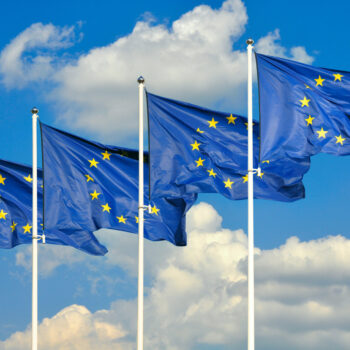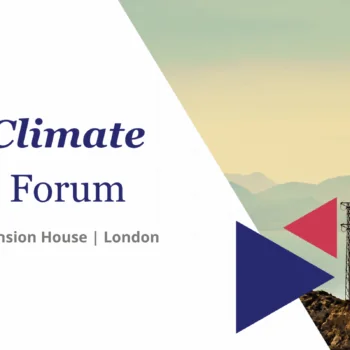As the second week of COP20 in Lima rattles by, the issue that many countries want to avoid talking about – adaptation and loss and damage – is still one of the most undeveloped but crucial elements of the deal.
Despite significant mitigation pledges from the EU, Germany, US and China, these won’t keep us within the internationally-agreed ceiling of a less than 2 degree global temperature rise.
We’re already locked into a certain degree of warming from past and predicted GHG emissions- the World Bank estimates this to be close to 1.5°C above pre-industrial levels. Current mitigation trajectories are on track for 4°C+ by 2100. Responsible climate risk management therefore means we must do everything possible to keep global warming below 2°C but also build resilience for possible climate impacts in a 3-4°C world.
It’s for this reason that the countries that are especially vulnerable to climate impacts, including Africa, LDCs, AILAC and AOSIS, are prioritising adaptation and resilience. Climate risks threaten development, poverty elimination, economies and livelihoods. These county groupings are the EU’s natural allies in the negotiations but so far the debate in Brussels on the EU’s offer on adaptation, loss and damage and managing global climate risk has been pretty much nonexistent. Having a serious offer on adaptation and loss and damage is important for trust and building confidence with least developed and vulnerable countries. To date, the response by many developed countries on these issues has been to underrate the importance of managing adaptation with an unsophisticated approach of offering a little bit of support as a bargaining chip in the late stages of the negotiations.
As Lima lays the ground work for Paris 2015, fundamental questions about who is going to manage climate risk and how we build capacity and finance to do it need to start to be answered. So far, most of the political energy at Lima has been on emission reduction pledges. But all countries, cities, businesses and citizens will be impacted by more frequent and intense extreme weather events driven by climate change yet no one can manage these risks alone.
Lima is an opportunity to address the issue of adaptation and managing climate risk. As countries table their offers (intended nationally determined contributions – INDCs) for Paris early next year, they should include how they will plan for climate impacts by specifying their adaptation measures after 2020. Developed countries including Europe, the US and Japan need to build the alliances now with natural allies to ensure these interests are integrated into the Paris deal.
Starting this critical conversation on global climate risk management by detailing adaptation measures in the offers process would build trust and confidence among all countries, as well as providing insight into the adequacy of our current responses to climate change. Managing climate risk is massively underestimated and complex – we are only at the early stages of understanding the implications of second order impacts on food, water and security as well as cascading system failures that can knock out the functioning of cities and financial systems across the world. As we experience the impacts of climate change now, questions on liability and disclosure of the real risks are being asked. Transparency is crucial to beginning a more comprehensive approach to addressing climate risk and we need to start right now in Lima.


